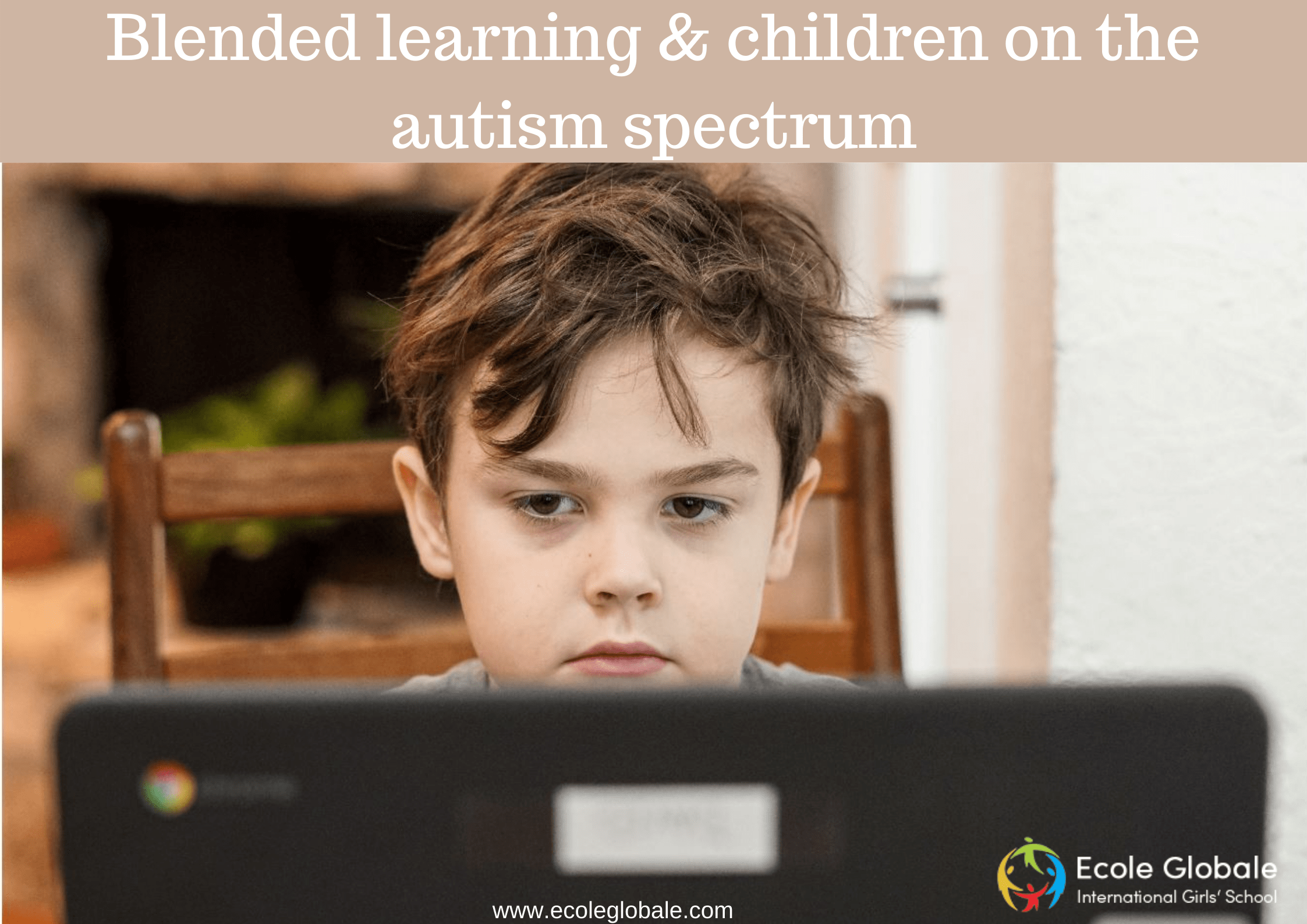Even though boarding school systems have been sluggish or reluctant to adopt new technology for a multitude of different reasons, ranging from insufficient funding, innovations, and computing networks to general organizational intransigence and reluctance to change, digital, as well as online learning alternatives, have become more famous and widespread used in public schools over the last decade. Blended learning is frequently part of a wider reform project in a school system. Blended learning is the systematic blending of online and in-person involvement to facilitate and increase meaningful interaction between students, teachers, & materials. Blended learning has several potential benefits and drawbacks, which are mostly dependent on the quality of the learning design and methodology. Blended learning combines the advantages of online and in-person learning for kids with specific educational needs.
Our society and globe have been transformed by the progress of personal computers and their growing accessibility to every home and individual. People from various places and nations may easily use the same platforms and share ideas in seconds now that the internet is significantly more accessible in all parts of the world.
This doesn’t just imply using the same social media sites or participating in the same forums. Nonetheless, these changes have resulted in a dramatic shift in how children pursue and receive an education. Virtual learning is when children obtain instruction using computers and the internet, either within or outside of the educational organization. However, it is mostly used in virtual learning situations when the teacher and pupils are physically separated.
Because it enhances education opportunities and has a substantial influence on school expenses and student accomplishment, virtual learning is a full game-changer for the education industry. Whilst also virtual learning cannot start replacing or even recreate many aspects of physical education, it would provide great opportunities for both students and teachers, such as the recording classes so that pupils do not miss courses even if those who will be unable to participate on time or are in a foreign place. It is, however, quite difficult to assist children in remaining engaged when studying at a distance.
It’s reasonable to assume that students have adapted to virtual learning in different ways, with some students seeming to flourish without any interruptions and others finding it quite difficult to feel at ease in this environment. It’s especially difficult for kids with autism spectrum disorder (ASD), for whom consistency, regularity, and structure are more important. Many kids with ASD may struggle with communication, abstract language, cognition, and understanding, as well as an increased risk of depression and anxiety — all of which can be exacerbated at such stressful times.
Pros
Increased Comfort: School life comes with a lot of social pressure on children to please their professors, other classmates, and so on, which may be very stressful for students with autism. These students are instantly liberated of all social burdens when they do their studies digitally, allowing them to focus on the most vital aspects of their studies. Students who are uncomfortable connecting with other students or talking in front of a group might avoid doing so by communicating through social networks and forums. Skipping more extended classroom settings in favor of studying in a more known and comfortable environment at home might also help these children feel less anxious.

Less Bullying & Social Stress: Violence is one of the greatest difficulties facing the autistic population. Bullies see them as easy targets for derision, and their lack of peer support ensures that they are constantly targeted. Such occurrences can have a lasting effect on pupils, who may view everyone outside of their immediate circle as a threat. Students are harmed by such conditions, and they are less likely to attend school. Virtual learning may relieve children’s stress and focus on activities they enjoy.
Cons
Deviance: Although virtual learning has benefited some children with autism, many are still unable to understand reality and their current condition. Many parents say that virtual learning has caused their children’s growth to regress. There are also serious concerns about their capacity to build social bonds.
Absence of Special Attention: To get the greatest outcomes in a virtual learning environment, all affected parties must be properly committed to it. However, even if they have the finest resources and the best intentions, things may still go wrong. What is the explanation behind this? Students with autism frequently require individualized attention and a unique learning setting, which cannot be recreated in a virtual world.
Accessibility and comprehension: The majority of digital-based virtual programs assume that students can browse the information. However, the specified learning tools may not be simply accessible and intelligible for all children, particularly those with autism who require extra assistance. Students, for example, may not understand every non-verbalized movement in video-based content, and subtitles alone cannot give the entire picture.
For any queries related to parenting, schooling, or for any student-related tips, click here to check out our latest blogs









